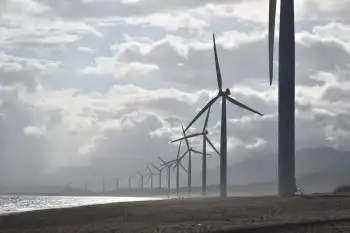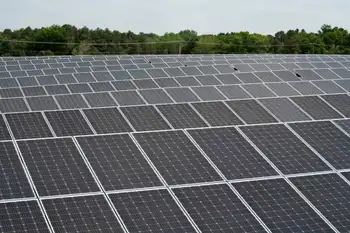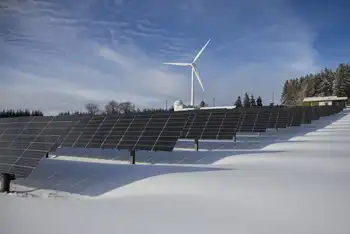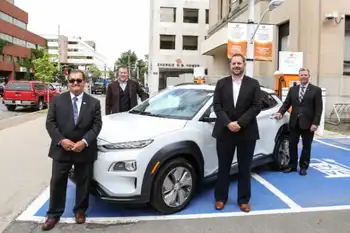"Remarkable" New Contract Award Adds 10 GW of Renewables to UK Grid

Electrical Testing & Commissioning of Power Systems
Our customized live online or in‑person group training can be delivered to your staff at your location.

- Live Online
- 12 hours Instructor-led
- Group Training Available
UK Renewable Energy Auction secures 10 GW for the grid at record-low costs, led by offshore wind, floating wind, solar, and onshore wind, with inflation-indexed CfDs delivering £37/MWh strike prices and enhanced energy security.
Key Points
Government CfDs add 10 GW of low-cost renewables to the UK grid via offshore wind, floating wind, and solar.
✅ 10 GW capacity: 7 GW offshore wind, 2.2 GW solar, 0.9 GW onshore wind
✅ Record-low £37/MWh offshore; floating wind at £87/MWh CfD strikes
✅ 15-year indexed contracts cut exposure to volatile gas prices
The United Kingdom will add 10 gigawatts (GW) of renewable energy capacity to its power grid at one-quarter the cost of fossil gas after concluding its biggest-ever renewable energy auction for new renewable supplies.
The “remarkable new UK renewable auction” will meet one-eighth of the country’s current electricity demand at record low prices of just £37 per megawatt-hour for offshore wind and £87 for floating offshore systems (a dynamic echoed as wind power gains in Canada across other markets), tweeted Carbon Brief Deputy Editor Simon Evans.
“The government is increasing its reliance on a local supply of renewables amid soaring UK power prices driven by a surge in the cost of natural gas following Russia’s invasion of Ukraine,” Bloomberg Green reports. Offshore wind energy “will add about seven gigawatts of clean power capacity to the nation’s fleet from 2026, bringing Britain closer to its target of installing 50 gigawatts by the end of the decade.”
The awards also include 2.2 gigawatts (that’s 2.2 billion watts) of solar and 900 megawatts of onshore wind, even as the UK faces a renewables backlog on some projects, Bloomberg says.
“Eye-watering gas prices are hitting consumers across Europe,” said UK Business and Energy Secretary Kwasi Kwarteng. “The more cheap, clean power we generate within our own borders, the better protected we will be from volatile gas prices that are pushing up bills.”
Citing government figures, Bloomberg says wind generation costs came in 5.8% lower than the previous auction in 2019, reflecting momentum in a sector set to become a trillion-dollar business this decade. Some of the winning bidders included Ørsted, Iberdrola’s Scottish Power unit, Vattenfall, and a consortium of AB Ignitis Grupe, EDP Renovaveis, and Engie.
“Offshore wind power costs have fallen dramatically in recent years as the UK supported the industry to scale up and industrialize production of larger, more efficient turbines,” the news story states. Now, “the decline in price developers are willing to accept comes even after the cost of wind turbines rose in recent months as prices increased for key metals like steel and supply chain disruptions created expensive delays.”
The 15-year, fixed-price contracts will be adjusted for inflation when the turbines are ready to start delivering electricity, offering lessons for the U.S. wind sector on contract design.











